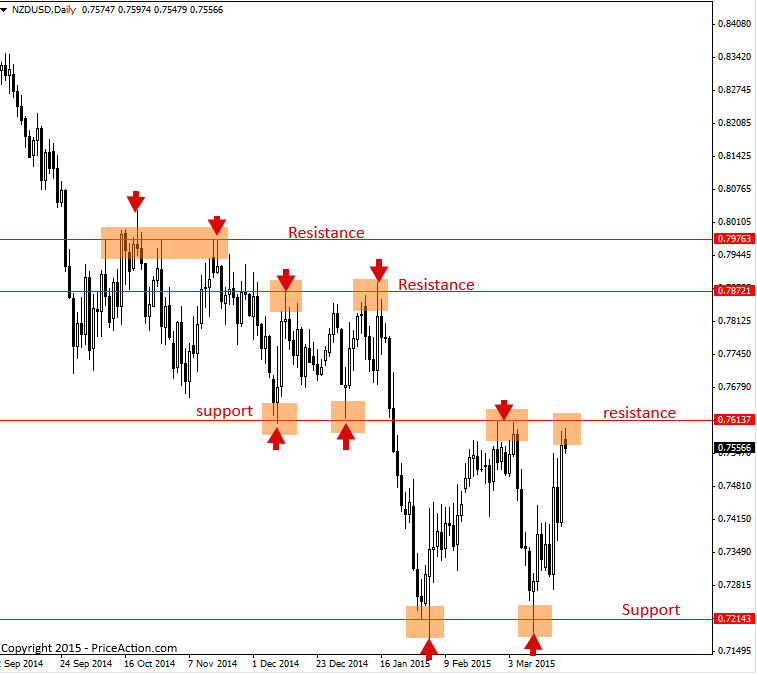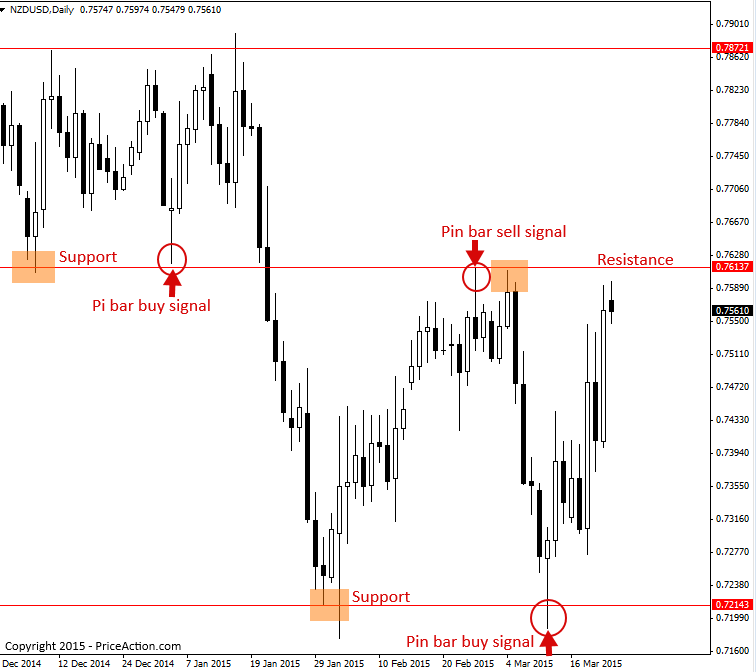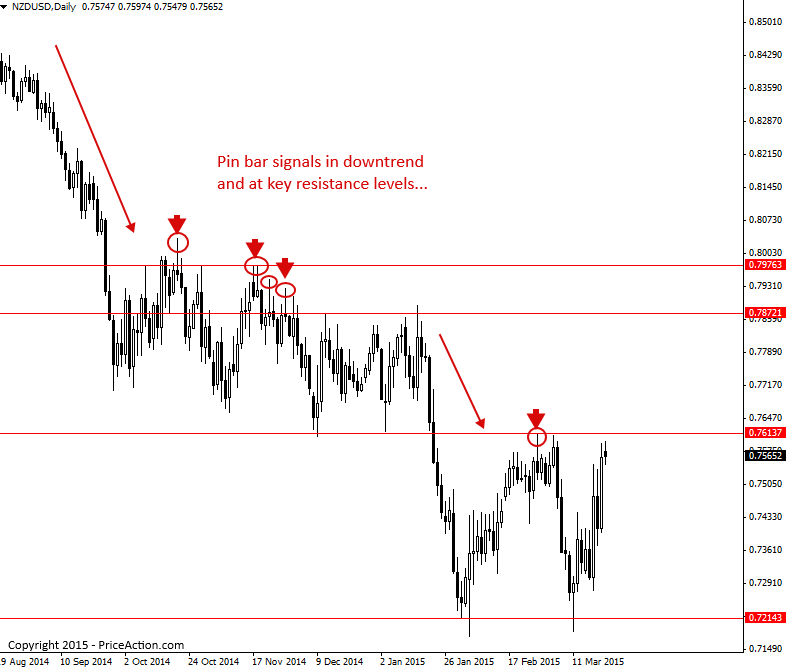With so many different websites and ‘gurus’ teaching price action trading and various versions of it, how do you know which price action trading strategy is the best? Furthermore, how do you know which particular price action setup is ‘the best’?
My belief is that simplicity wins out in trading, always. In regards to price action trading, I teach my students to master one setup first. Once that setup is mastered, they can move on, but not until then. It takes discipline and patience on your part, but if you really want to become a master price action trader, this is how it’s done.
Wax on, wax off
Just like the ‘Karate Kid’ had to learn from his teacher Mr. Miyagi, repetition and simplicity are the building blocks of success. Daniel had to master a basic single action first in the Karate Kid, over and over, and he even failed to see its usefulness in Karate, until later on.
In trading, we also need to start simple and small and add on slowly. Build from the ground up, add on, you will form a holistic trading strategy but keep the mantra of mastering one setup first; wax on, wax off. Eventually, you will add pieces and everything will be connected in a ‘web’ of sorts that will allow you to catch high-probability price action trades.
Once piece at a time
As a price action trader, there is some discretion required as we are not trading a rigid rule-based system. This a good thing because it accounts for the natural dynamics and ebb and flow of markets, but it also means you will need to take a methodical approach to learning and mastering each price action setup you trade, so that you gain a clear understanding of when your price action strategy is present and when it is not.
Thus, you will need to start with the basics, and the most basic of price action trading is support and resistance levels.
In the chart below, we have simply drawn in the most relevant recent support and resistance levels on the daily chart time frame. You need to understand how to draw in the key chart support and resistance levels in order to know where to look for price action signals to trade:
After you learn how to identify and draw in the key chart support and resistance levels on your charts, you can then start looking for the first price action signal you’ve chosen to master. In this example, we are starting with the pin bar strategy. After we draw in our levels we will then look for any obvious pin bar setups that have formed at or very close to these levels:
You may then want to add another ‘confirming’ factor for you trade setups, or factor of confluence. In the next example, we are looking at identifying the dominant daily chart trend and adding that into the mix. So, you are now bringing all three pieces of your trading strategy together; key levels, the signal and the trend, to form a high-probability price action entry system:
The ultimate idea is that you learn one piece of your trading strategy at a time, master it, and then add another. In this lesson, we have looked at first learning to draw the key chart levels on your chart, then we looked at looking for pin bar trade signals at or very close to those levels, and then we looked at trading those signals from a key level in-line with the daily chart trend. If you do this and master it, you will have a very potent trading strategy.
Keep in mind, this is but one example. You might choose to learn a different signal first, it’s really up to you. The main point is to really master every aspect of your price action setup at a time. To clarify, I would consider what I’ve discussed in this lesson as ‘one setup’. Meaning, we are looking for daily chart pin bars from key chart levels in-line with the daily chart trend. There are many variations you might master after you master one; 4 hour charts, 1 hour charts, incorporating 50% retracements, different price action setups, etc. Just remember, take it slow and master one price action setup at a time.




Leave a Reply